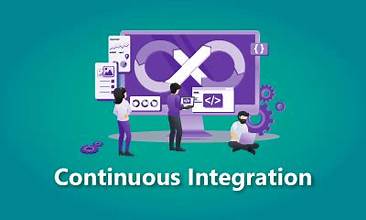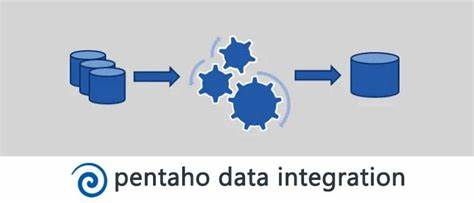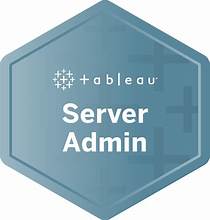Introduction
- Principles of requirements engineering
Overview of Requirements and Requirements Analysis
- Types of requirements
- Quality of requirements
- Importance of requirements analysis
Defining the Four Core Components of Requirements
- Data
- Process
- External agent/actor
- Business rules
Understanding Requirements Analysis Methodology
- Context analysis
- Design requirements analysis
- States and modes analysis
- Parsing analysis
- Functional analysis
Applying Different Requirements Analysis Techniques
- Diagramming
- Modelling
- User Stories
- Glossary
- Phototyping
Managing Requirements Using an Iterative Process
- Linking Agile to Business
- Identifying, controlling and managing changes to requirements
- Determining the project scope
- Reviewing, validating and testing correct understanding of detailed specifications
Best Practices
Summary and Conclusion
Introduction
- Tableau Prep Builder as an ETL (Extract, Transform and Load) tool
Setting up Tableau Prep Builder
- Activating and Register Tableau Prep Builder
Overview of Tableau Prep Builder Features and Architecture
- Tableau Prep Builder and its relation to Tableau Desktop, Tableau Server and Tableau Prep Conductor
Navigating the Tableau Prep Builder Workspace
Connecting to Data Source
- Reading an Excel
- Reading from a database
Shaping Data
- Creating a Join
- Creating a Union
Pivoting Data
Cleaning Data
- What is dirty data?
- Changing the data type
- Filtering data
- Aggregating data
- Updating multiple values at once
Running a Flow
- Building a flow
- Refreshing a flow
- Running a flow from the command line
Outputing Data to Tableau Desktop
Publishing Data
- Packaging a Prep Builder data flow into an extract
- Publishing a flow with Prep Conductor
Best Practices
Troubleshooting
Introduction
Overview of Tableau’s Features and Architecture
- How users interact with Tableau Server
- Understanding server processes
Setting up Tableau Server
- Evaluating configuration options
- Single server installation
Setting up and Managing Users
- Adding users
- Setting authorization and assigning permissions
- Assigning users to groups and sites
- Deleting users
Working with Data
- Connecting to a data source
- Create an extract of the data
- Securing data
Managing a Site
- Creating views and workbooks
- Setting up a schedule
- Subscribing to a site
Deploying Tableau Server
- Planning a deployment to production
- Administrative roles
- Distributing Tableau Server to multiple machines
Server Maintenance
- Automating server tasks
- Monitoring server performance
- Managing log files
Administrative Tasks
- Backup up Tableau Server
- Upgrading Tableau Server
- Using command-line utilities
Extending Tableau Server
- Accessing the REST API
- Modifying the authentication method
Best Practices
- User and data oversight
- Governance, security, and scalability





